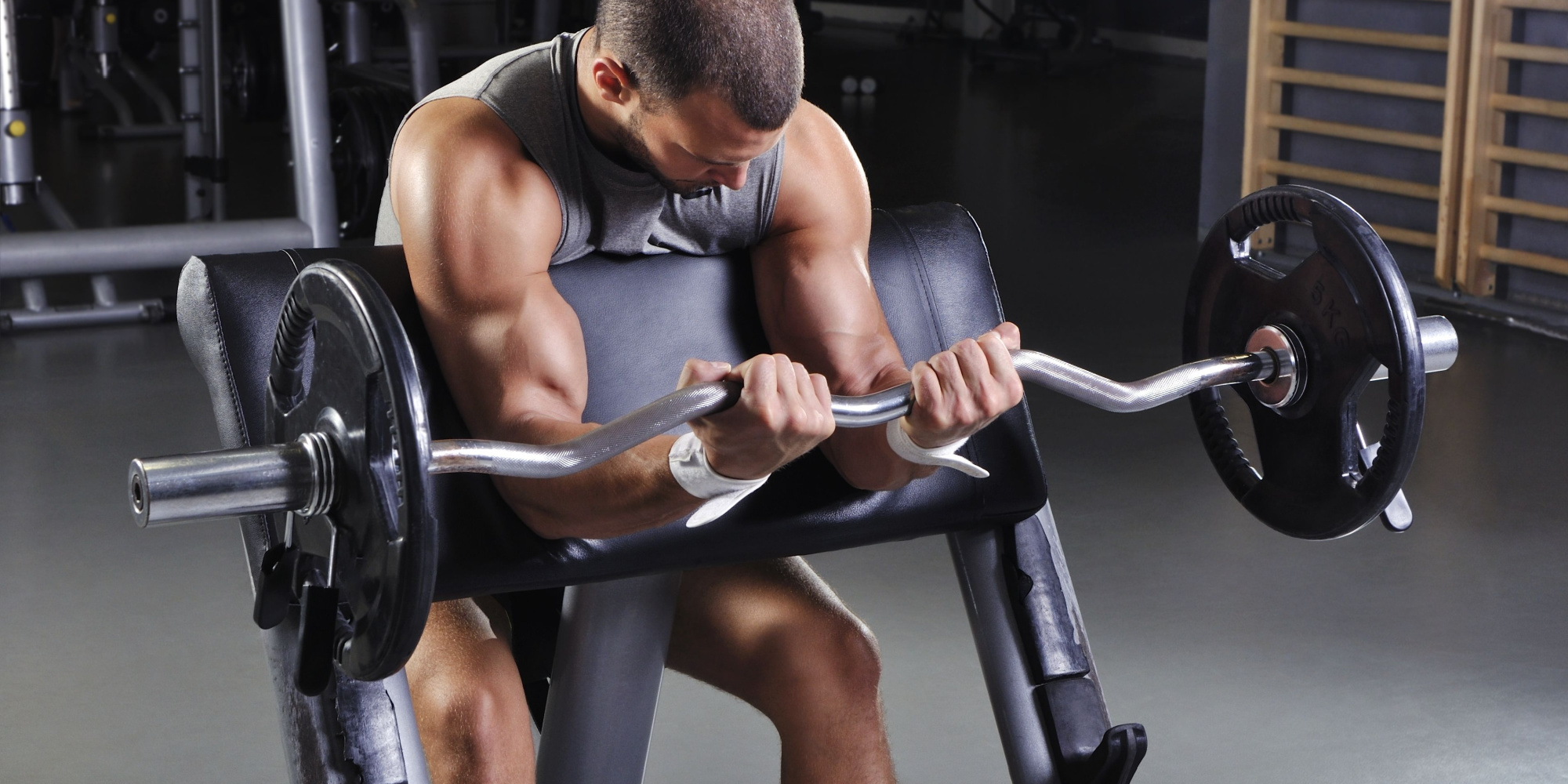What Are the Best Exercises to Put Muscle on My Arms?
Apr 13, 2023 mindpumpIt’s safe to assume that the arms are a popular muscle group to focus on; definition and muscle on our biceps and triceps is flattering, and you must admit, fun to flex.
But it’s easy to get confused what the best exercises and methods are to get bigger arm muscles.
First, let’s talk about what these muscles are.
Biceps Brachii
The biceps is composed of two muscle bellies: the long head and the short head. The long head is situated more laterally on the arm (away from the midline of the body), and the short head more medially (closer to the midline of the body). The origin, or end of the muscle closest to the torso, of both the short and long head are actually at different parts of the scapula, making it a critical muscle in upper body movement and rhythm. The primary movement of the biceps is flexion of the elbow joint.
Triceps Brachii
You can probably guess based on the name (and the orientation of the biceps) that the triceps is made up of three heads: lateral, medial, and long head. These three muscles originate either at the scapula (long head) or the humerus (lateral and medial head), and they all help with extending the elbow joint.
Training Tips to Consider
–Hypertrophy vs. Strength. If you are looking for definition and enhance the appearance of bigger muscles, the focus is on hypertrophy, not strength. The definition of hypertrophy is enlarging the muscle via an increase of cross-sectional area of the existing fibers. You can get stronger when you build more muscle, but may not always gain muscle when you get stronger. This is something you need to consider with your training program; the way in which you train may not give you the type of results that you want.
–Focus on Volume, not Intensity. While we are on the subject of training, it is imperative to note that if you want bigger muscles, you need volume. Studies show that 28-30 sets/muscle/week is associated with greater increases in hypertrophy compared to 6-10 sets/muscle/week, and this pertains to novice and advanced lifters. If you are only doing 3–4 sets of biceps exercises twice a week, you’re not going to get the same results as someone who is managing 6–9 sets 4 to 5 days a week. For the average gym goer, 28–30 sets a week of one muscle group is admittedly a lot, so try to progress your sets week after week to reduce extreme muscle soreness and balance a weekly routine that works for you.
–The Number of Reps Is Important. Similar with the number of sets, reps needs to be considered as well. For hypertrophy gains, 10-15 is a safe place to be in.
–Don’t Overdo the Cardio. Not only are you taking away some of your energy away from lifting, but intense cardio can diminish the progress you make gaining muscle. Light to moderate cardio a couple of days a week should be fine, and walks are always encouraged for overall health.
–Focus on Isolated Exercises. Performing compound movements are usually encouraged for overall body composition and strength, but if the arms are your main focus, you want to do more exercises that isolate the biceps or triceps, and very little of other muscle groups. We’ll go over the best exercises to do that in a second!
–Keep Rest Periods on the Shorter Side. Don’t follow this advice if you want to lift heavy, but if your reps are in the 10-15 range, 30–60 seconds may be all you need. The biceps and triceps are small muscle groups, which means the metabolic demand isn’t that high to warrant long rest periods.
Types of Exercises
Biceps Exercises: Dumbbell, cable, or barbell curls; lying or incline dumbbell curls; hammer; reverse curls; Zottman curls; preacher curls; close-grip or wide-grip curls of each variation; Bayesian curls; concentration curls; spider curls.
*If you want more of an emphasis on the long head of the biceps, perform curls that increase the length of the contraction (with elbows behind your torso), or use a hammer/neutral grip. Elbows anterior of the body will emphasize more of the short head of the biceps.
-Triceps Exercises: Cable push-downs; skull crushers; bent over dumbbell or cable tricep extension; lying tricep extension; over head dumbbell or cable tricep extension; dips; Tate press; pike push-ups; body weight skull crushers.







